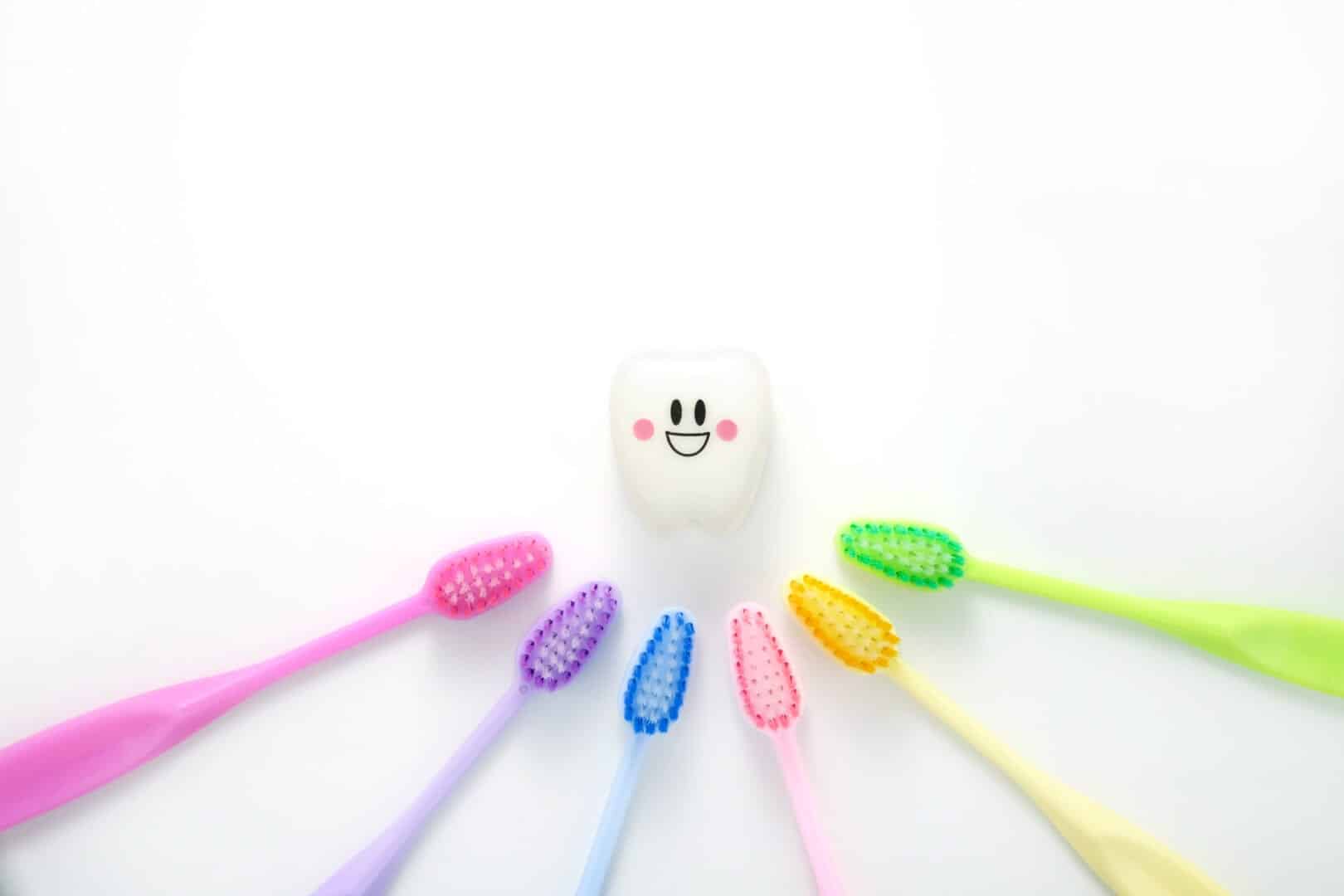Each February, Jenkins & LeBlanc Dentistry for Children, along with the American Dental Association (ADA) sponsor and observe National Children’s Health Month (NCDHM). NCDHM raises awareness about the importance of oral health. Tooth Decay is the most chronic disease found in children and is easily prevented through dental hygiene health and education.
Developing good oral health habits at an early age with your children and scheduling bi-annual visits to a pediatric dentist.
This year’s NCDHM campaign slogan brought to you by the ADA is “Brush and clean between to build a healthy smile”. The ADA encourages dedicated professionals, healthcare providers, caregivers, educators and parents to promote the benefits of good oral health to their children.
Jenkins & LeBlanc team members reach out to local schools, libraries, early childhood centers, and daycare providers to make personal visits to each location to discuss proper brushing techniques, the importance of flossing and healthy nutrition.
This February we encourage you to be an active advocate and participant in your child’s oral health!
Here are a few tips to help you motivate and inspire daily dental hygiene habits:
Lead by Example
Brush your teeth at the same time your child does to encourage the proper techniques: brushing for two minutes, twice a day. When you brush your teeth with your child, it creates a great bonding experience and they’ll be motivated to maintain this routine. In fact, they will probably begin reminding you it’s time to brush!
Start Early
Familiarize your child with brushing and dental hygiene at a young age. Explain to them the importance of good dental hygiene as you teach them about their mouth and how to take care of it. The more comfortable your child is with brushing their teeth, the more responsive they will be.
Floss Daily
Flossing between your child’s teeth can help remove the leftover food that brushing may not be able to reach. Each tooth has five surfaces to clean, but without flossing, you are leaving at least two of those surfaces untouched. Flossing is the only tool that can clean and remove food particles from those spaces in between your teeth and around your gum line where your brush cannot reach.
- Typically, children are not able to thoroughly floss their own teeth until the age of 10 or 11. But you should begin to floss your child’s teeth for them as soon as two teeth start to touch each other. Flossing is habitual and it is important to teach your child the importance of flossing and to begin incorporating it in your child’s daily hygiene routine.
- Younger children may also use flosser picks to ease the process. If your child has braces, they may use a floss threader, which looks like a plastic sewing needle to get underneath wires and retainers and can be easily found where any dental hygiene products are sold.
Nutrition
Nutrition is an extremely important part of good dental hygiene. Some foods are particularly helpful, and others can cause problems.
- Water washes away food particles and generates saliva, which acts as the mouths best defense against cavities.
Crunch fruits and vegetables have a high-water content, which washes away food. Chewing them scrapes away additional food and plaque. Vitamin C is great for your gums and strawberries contain malic acid, which acts as a natural enamel whitener. - Dairy products contain calcium that strengthens teeth and neutralizes acid, protecting teeth from cavities.
- Try to avoid soda and sugary beverages. Besides staining the teeth, soda and other sugary drinks are often acidic and can soften tooth enamel.
- Crunching on hard candies or ice cubes could chip or crack a tooth and wear down the enamel.
First Tooth First Visit
Tooth decay can begin as soon as a baby’s teeth come in. Untreated decay in baby teeth can lead to cavities and cause pain or infection. The ADA recommends your child should be seen for their first dental visit once the first tooth comes in or by the age of 2.
Join The Celebration!
We have created fun printable activity sheets to help your family celebrate National Children’s Dental Health Month with Jenkins & LeBlanc and the American Dental Association.
